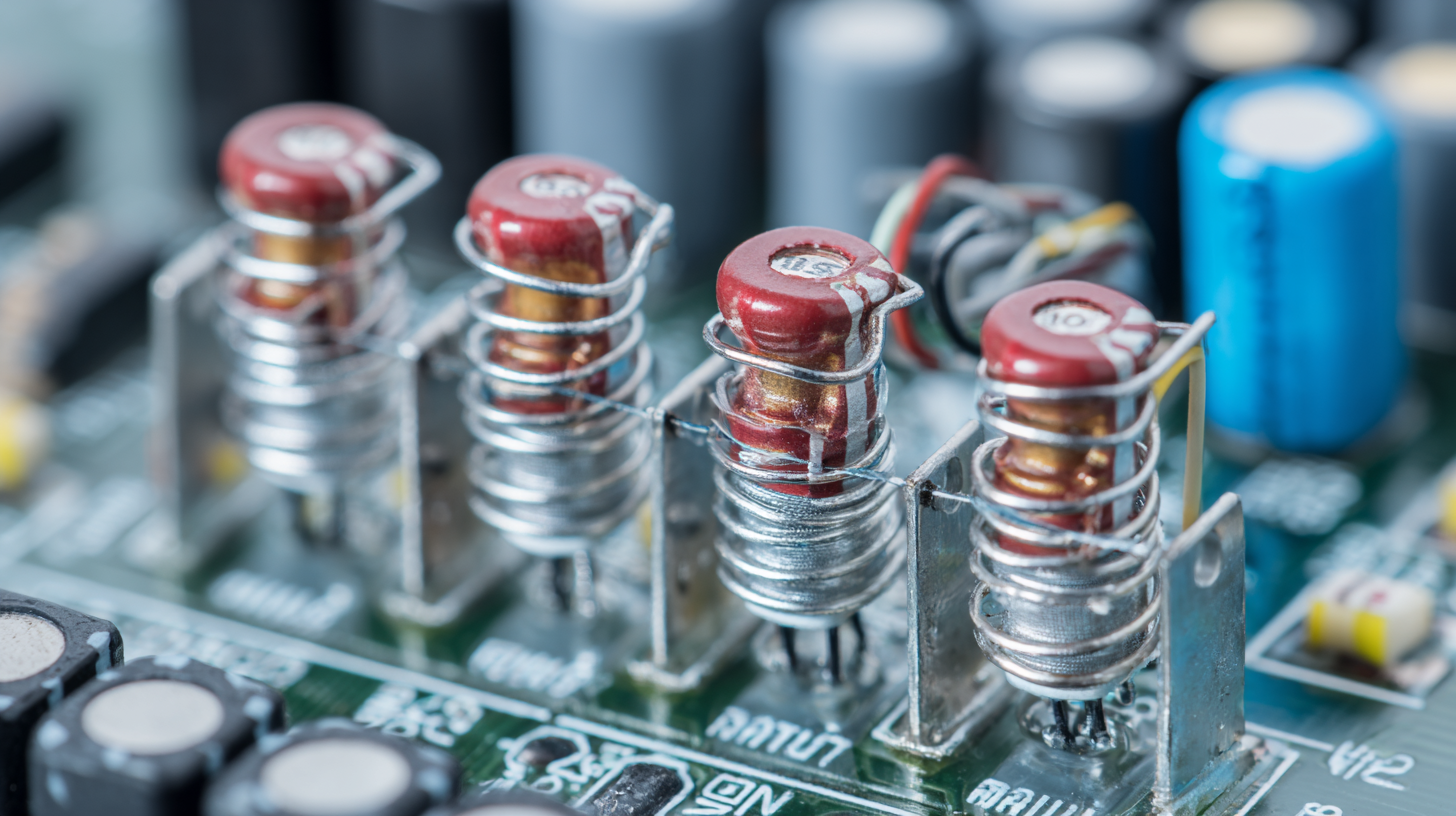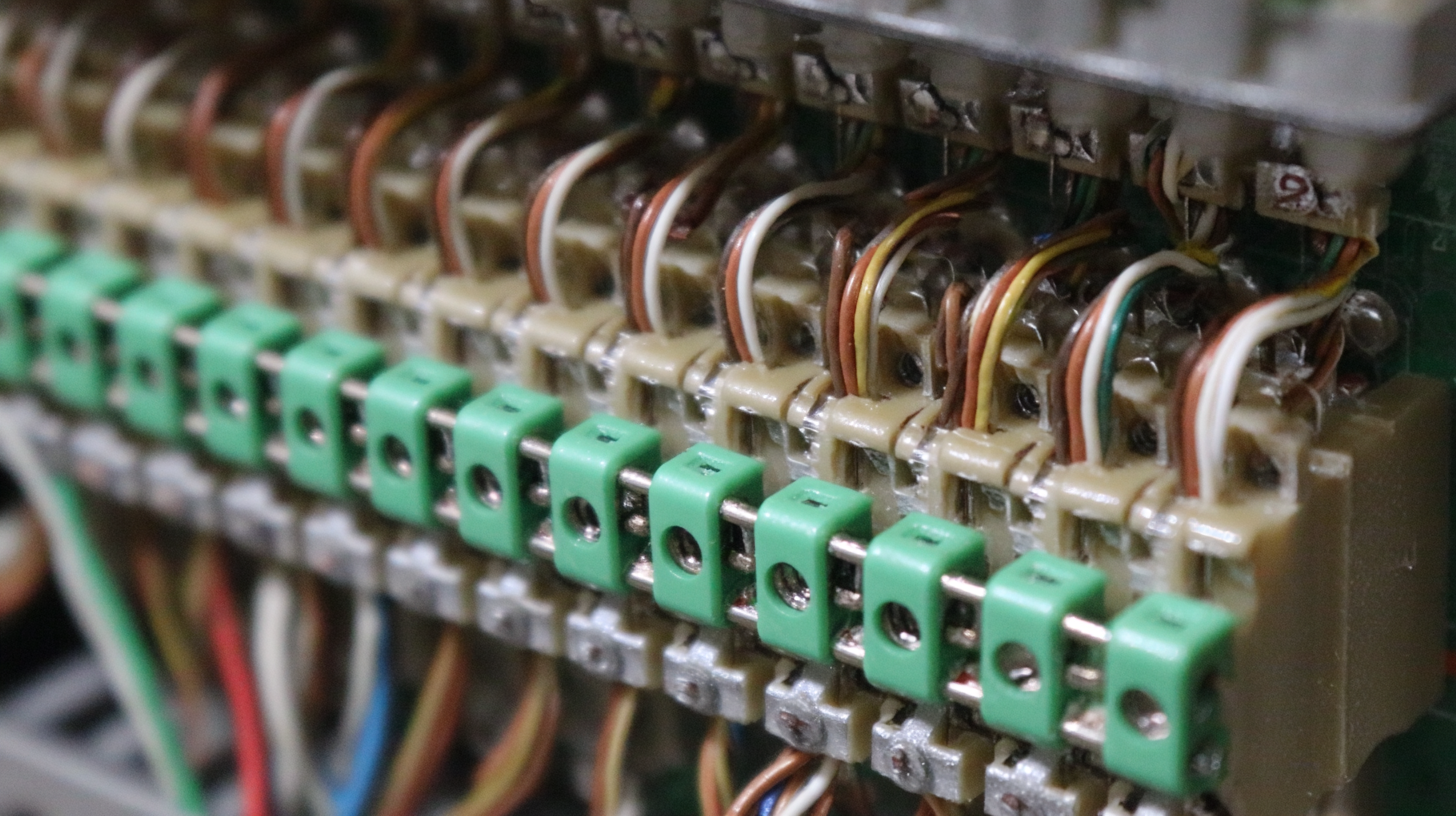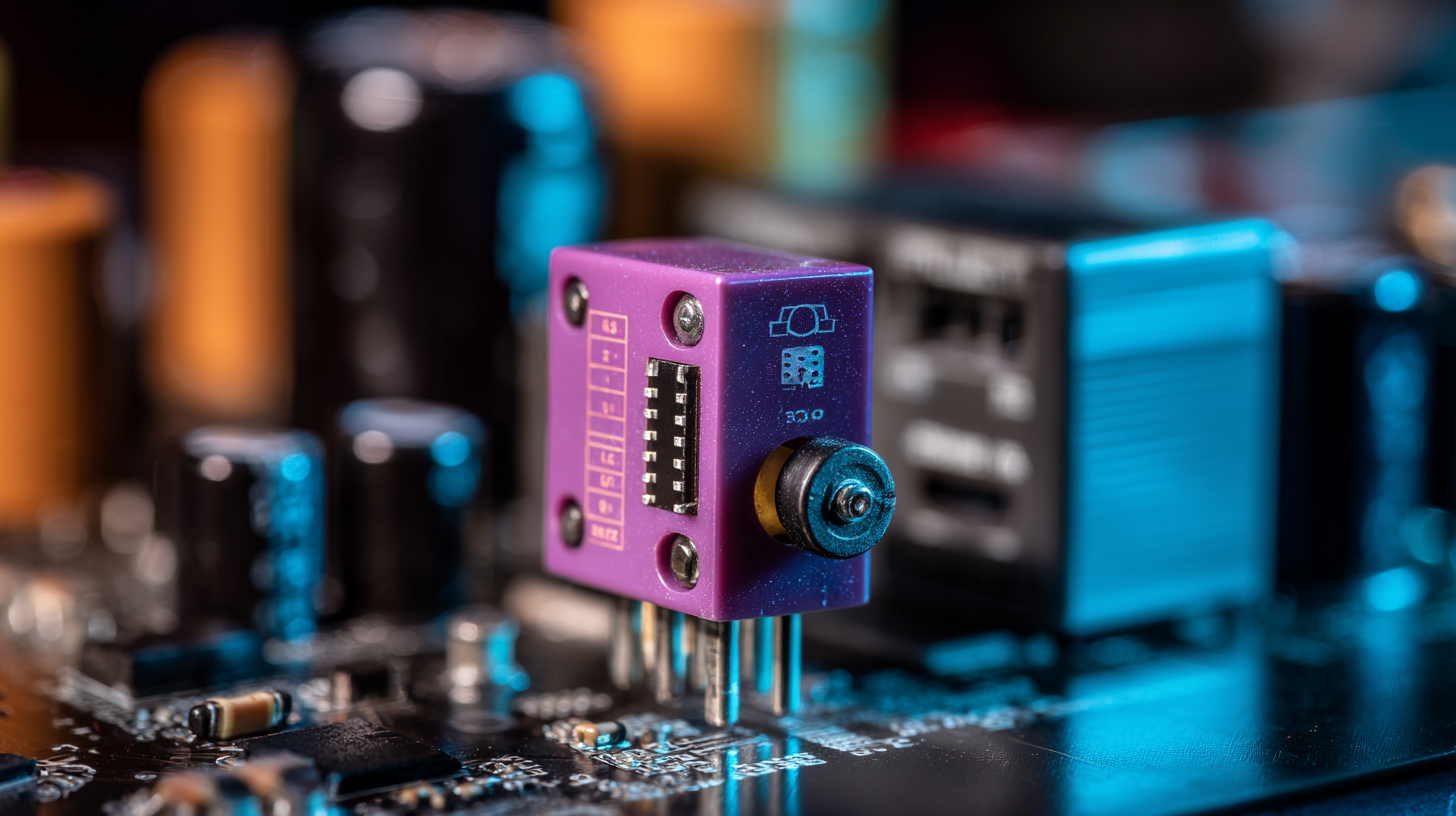Understanding the Functionality of a Latching Relay in Modern Applications
 In recent years, the demand for energy-efficient solutions in various sectors has propelled the use of latching relays, a crucial component in modern electrical systems. According to a report by MarketsandMarkets, the global relay market is projected to reach USD 23.6 billion by 2025, significantly driven by the increasing need for automation and smart devices. Latching relays, distinct for their ability to maintain their state without continuous power, play an instrumental role in minimizing energy consumption and enhancing operational efficiency. This makes them particularly valuable in applications such as smart home systems, industrial automation, and renewable energy solutions. Understanding the functionality of latching relays not only highlights their advantages but also illustrates their relevance in achieving sustainability targets across industries. As we delve deeper into the mechanics and applications of latching relays, it becomes evident that these devices are essential for innovation in a fast-evolving technological landscape.
In recent years, the demand for energy-efficient solutions in various sectors has propelled the use of latching relays, a crucial component in modern electrical systems. According to a report by MarketsandMarkets, the global relay market is projected to reach USD 23.6 billion by 2025, significantly driven by the increasing need for automation and smart devices. Latching relays, distinct for their ability to maintain their state without continuous power, play an instrumental role in minimizing energy consumption and enhancing operational efficiency. This makes them particularly valuable in applications such as smart home systems, industrial automation, and renewable energy solutions. Understanding the functionality of latching relays not only highlights their advantages but also illustrates their relevance in achieving sustainability targets across industries. As we delve deeper into the mechanics and applications of latching relays, it becomes evident that these devices are essential for innovation in a fast-evolving technological landscape.
Types of Latching Relays: Exploring Different Mechanisms and Configurations
Latching relays are essential components in many modern electronic systems, providing reliable control while minimizing power consumption. Understanding the different types of latching relays and their unique mechanisms can help designers choose the right solution for their applications. The two primary types are electromagnetic and electronic latching relays. Electromagnetic latching relays utilize a magnetic field to hold the switch in place, maintaining its state even when power is removed. This type is particularly robust, making it ideal for applications that require frequent actuation.
On the other hand, electronic latching relays harness solid-state technology to achieve similar functionality. These relays can offer quicker switching times and increased longevity, often found in environments where space is at a premium. Additionally, they are less prone to mechanical wear, providing a longer lifespan than their electromagnetic counterparts. Various configurations of latching relays can further cater to specific needs, such as single-pole, double-throw (SPDT) or double-pole, double-throw (DPDT) setups, which allow for greater flexibility in circuit design. Exploring these options enables engineers to implement more efficient systems across diverse industries, from automotive to home automation.
Key Functional Components of Latching Relays in Modern Technology
 Latching relays have emerged as essential components in modern technology, serving a pivotal role in various applications. These devices utilize a unique mechanism that allows them to maintain their position even after the power is turned off. The core functional components of latching relays include the coil, armature, and contact sets. The coil, when energized, creates a magnetic field that moves the armature, switching the contacts from their default state. This distinct feature enables energy savings and enhanced reliability in systems where power conservation is critical.
Latching relays have emerged as essential components in modern technology, serving a pivotal role in various applications. These devices utilize a unique mechanism that allows them to maintain their position even after the power is turned off. The core functional components of latching relays include the coil, armature, and contact sets. The coil, when energized, creates a magnetic field that moves the armature, switching the contacts from their default state. This distinct feature enables energy savings and enhanced reliability in systems where power conservation is critical.
Moreover, the design of latching relays permits bi-stable functionality, meaning they can be toggled between two states without continuous power supply. This characteristic is particularly beneficial in battery-operated devices, where efficiency is paramount. By utilizing the inherent properties of magnetic fields and mechanical movement, latching relays minimize wear and tear, contributing to longer lifespan and reduced maintenance needs. Their versatility extends across numerous sectors, from smart home automation systems to industrial control applications, proving that understanding their components leads to optimized performance in contemporary electronic landscapes.
Benefits of Using Latching Relays in Various Applications
Latching relays have become increasingly popular in various modern applications due to their unique functionality and inherent benefits. Unlike traditional relays, latching relays maintain their state even after the control signal is removed, resulting in significant power savings. This makes them particularly beneficial in energy-sensitive environments, where minimizing power consumption is crucial. In industries such as aerospace and defense, where reliability and efficiency are paramount, latching relays provide a strategic advantage by ensuring that systems remain operational without continuous power draw.

Moreover, latching relays are often hermetically sealed, which enhances their durability and performance in challenging conditions, such as marine environments or high-stress applications. This rugged design allows them to withstand harsh environments, making them suitable for various uses beyond basic switching. As technology evolves, the demand for compact, efficient, and reliable switching solutions continues to grow, further solidifying the role of latching relays in the landscape of modern electronic systems. Whether it's in automated machinery or sophisticated defense systems, their ability to deliver dependable performance under extreme conditions makes them an invaluable component in today's advanced applications.
Comparative Analysis: Latching Relays vs. Conventional Relays
In the ever-evolving landscape of automation and control systems, the choice between latching relays and conventional relays is critical for optimizing energy efficiency and functionality. According to a report by MarketsandMarkets, the global relays market is projected to reach $25 billion by 2025, with latching relays gaining significant traction due to their ability to maintain a state without continuous power. This feature is particularly appealing in applications such as smart home devices and industrial controls, where minimizing power consumption is paramount.
Latching relays work by utilizing a mechanical or electromagnetic mechanism to "latch" in a position after being activated, thus allowing them to hold their state even when power is removed. In contrast, conventional relays require a constant current to maintain their position, leading to higher energy usage. A study by Research and Markets highlights that latching relays can save up to 80% in energy costs over their lifecycle, making them an attractive option for long-term installations. As industries increasingly prioritize sustainability, the transition to latching relays could play a significant role in achieving energy efficiency goals.
Understanding the Functionality of a Latching Relay in Modern Applications - Comparative Analysis: Latching Relays vs. Conventional Relays
| Feature | Latching Relay | Conventional Relay |
|---|---|---|
| Power Consumption | Low (only during switching) | Higher (during entire operation) |
| State Retention | Retains last state without power | State lost when power is off |
| Switching Mechanism | Electromagnetic or magnetically latching | Electromagnetic with a spring return |
| Types of Applications | Smart home systems, IoT devices | General control systems, low frequency tasks |
| Cost | Generally higher | Generally lower |
Common Applications of Latching Relays in Industry and Automation
Latching relays play a vital role in various industrial and automation applications, primarily due to their ability to maintain their state without continuous power supply. According to a report by the International Electrotechnical Commission, the global latching relay market is projected to reach $1.5 billion by 2025, driven by increasing demand for energy-efficient solutions. This makes latching relays particularly well-suited for smart grids and renewable energy systems, where minimizing power consumption is crucial.
One of the most common applications of latching relays is in the automation of manufacturing processes. Their use in machinery can lead to a significant reduction in energy waste, as these relays can switch on and off without needing a constant power flow. A study by the Industrial Automation Institute found that implementing latching relays in production lines can enhance operational efficiency by up to 30%. Additionally, they are frequently employed in HVAC systems to control heating and cooling units more efficiently, reducing the overall energy footprint of buildings. As industries continue to strive for more sustainable operations, the versatility and efficiency of latching relays will become increasingly indispensable.
Common Applications of Latching Relays in Industry and Automation
Related Posts
-

7 Compelling Reasons to Choose Best Energy Storage Lifep04 Battery for Your Business Needs
-

5 Practical Tips for Maximizing Energy Storage Battery Efficiency
-

Exploring Alternative Energy Solutions with Lithium Metal Batteries
-

How to Optimize Performance and Longevity of Lithium Polymer Batteries in Consumer Electronics
-

Exploring Innovative Alternatives to Miniature Circuit Breaker Solutions in Modern Electrical Systems
-

How to Maximize Energy Storage Efficiency with Vanadium Redox Flow Batteries
